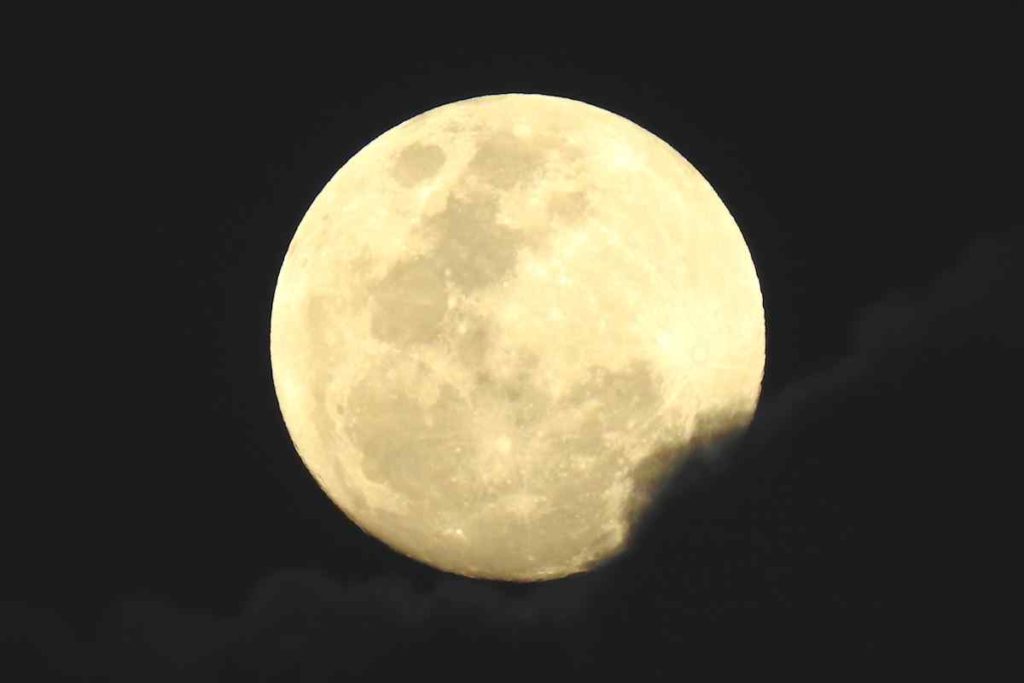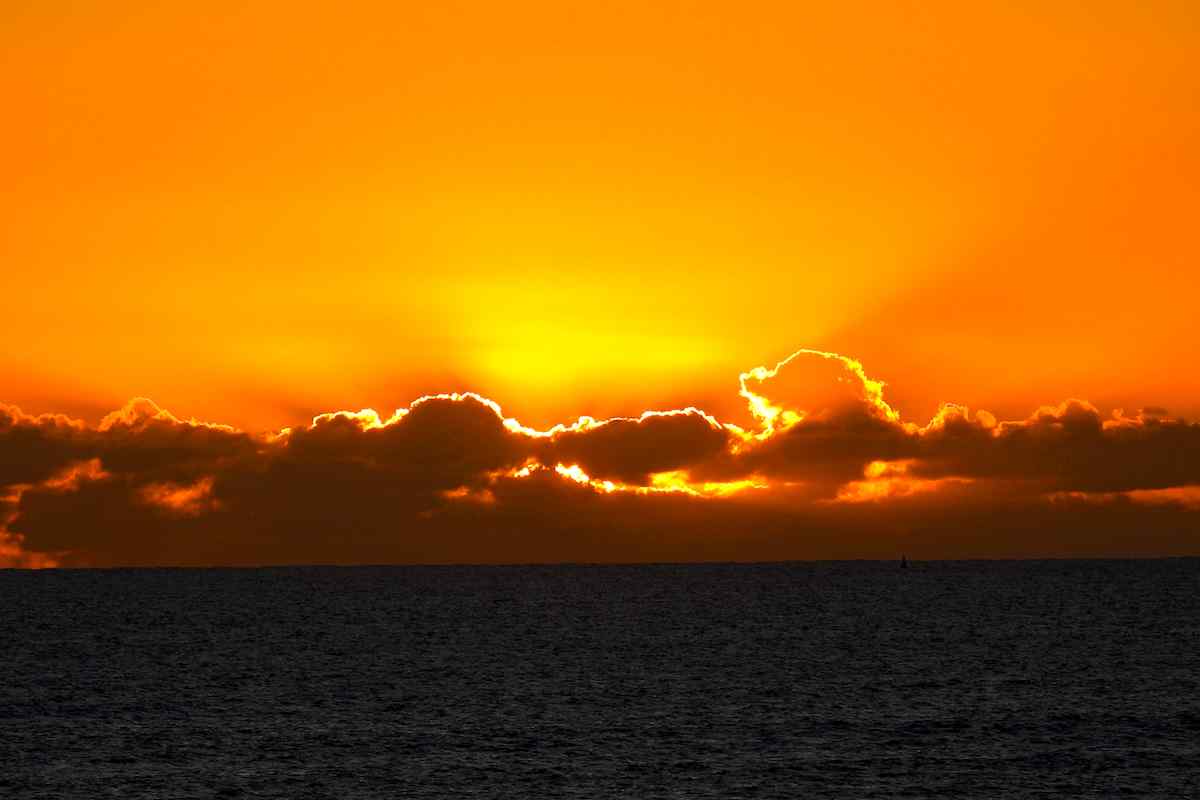After hanging around in the south for winter, I decided it was time to head further north to (hopefully) experience some warmer weather.
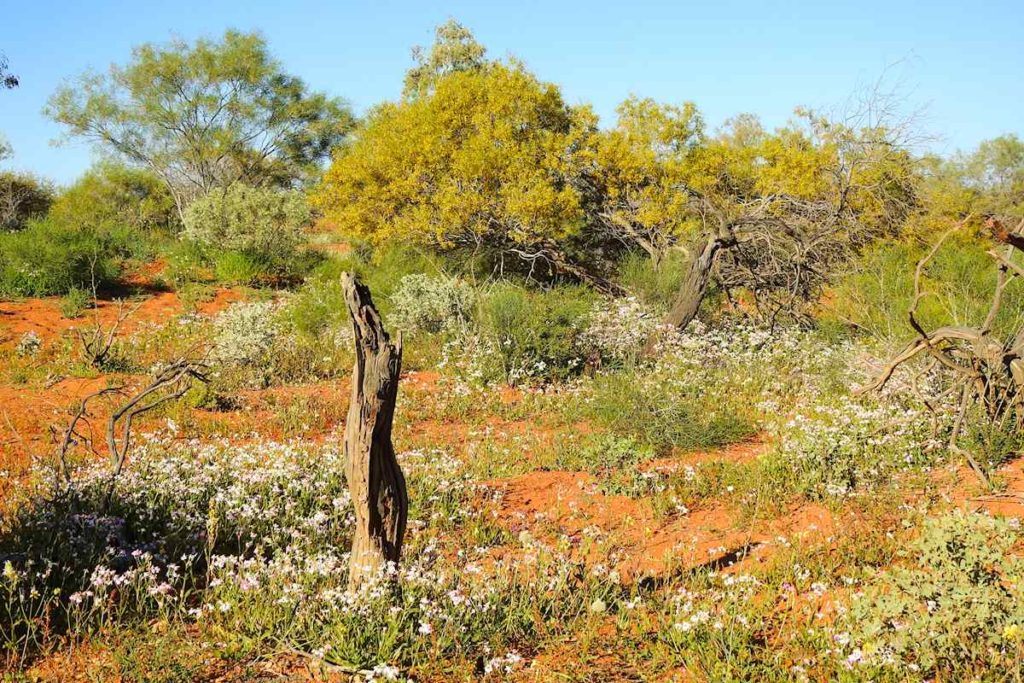
I headed back to Geraldton, north of Perth on the west coast. As I needed to have the car serviced and a problem with the suspension looked at, Geraldton was a convenient place to stop for a while.
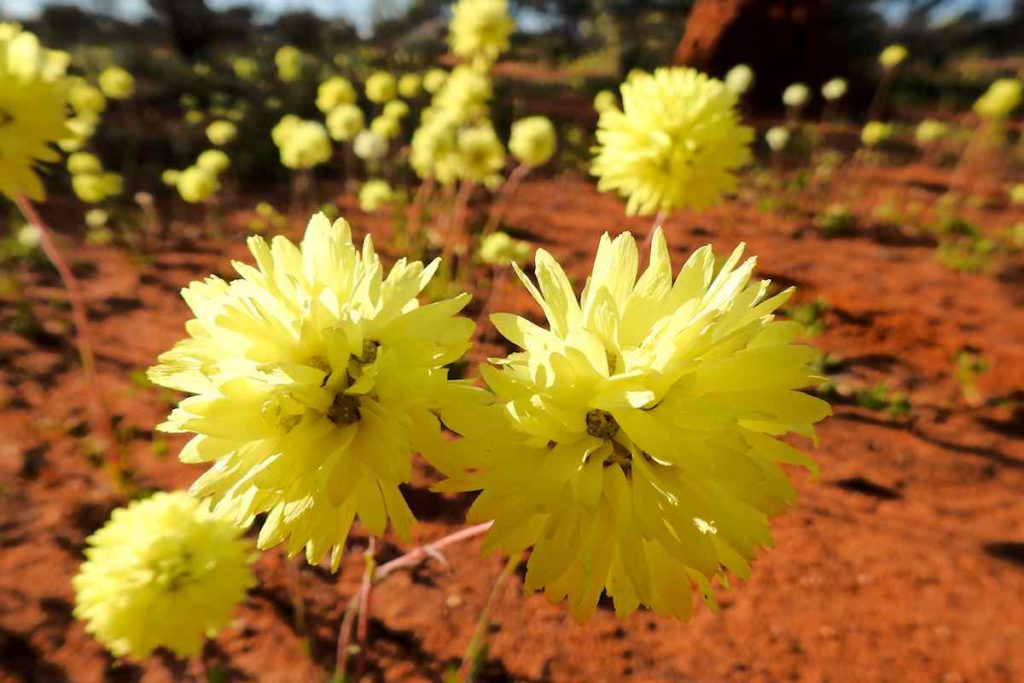
I wandered along the foreshore of the port and headed to the Geraldton Museum, where a fabulous gallery displays relics of the famous shipwrecks that took place off the coast near here. The HMAS Sydney (II) sunk in October 1941 and all 645 men on board were lost. It was only recently that the wreck was found, about 2,500 metres down.
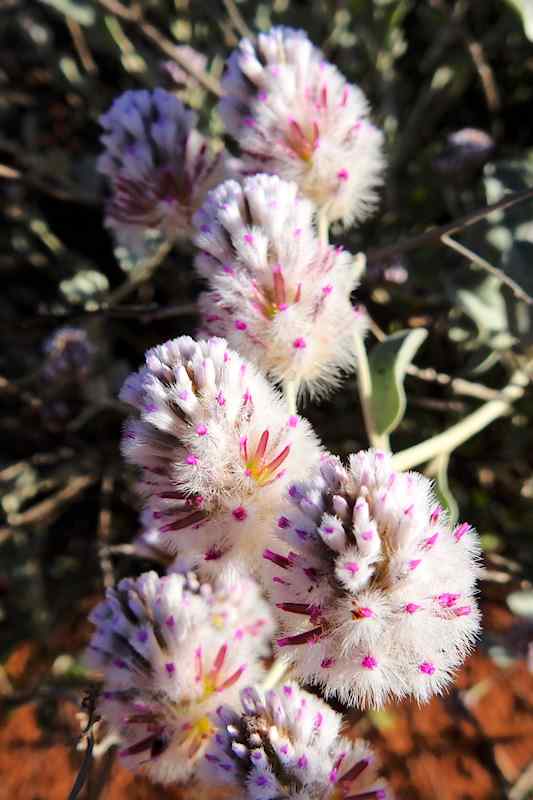
There is a moving tribute to all the men lost in this battle. A special movie, with recent 3-dimensional footage taken of the wreck, is on show at the museum.
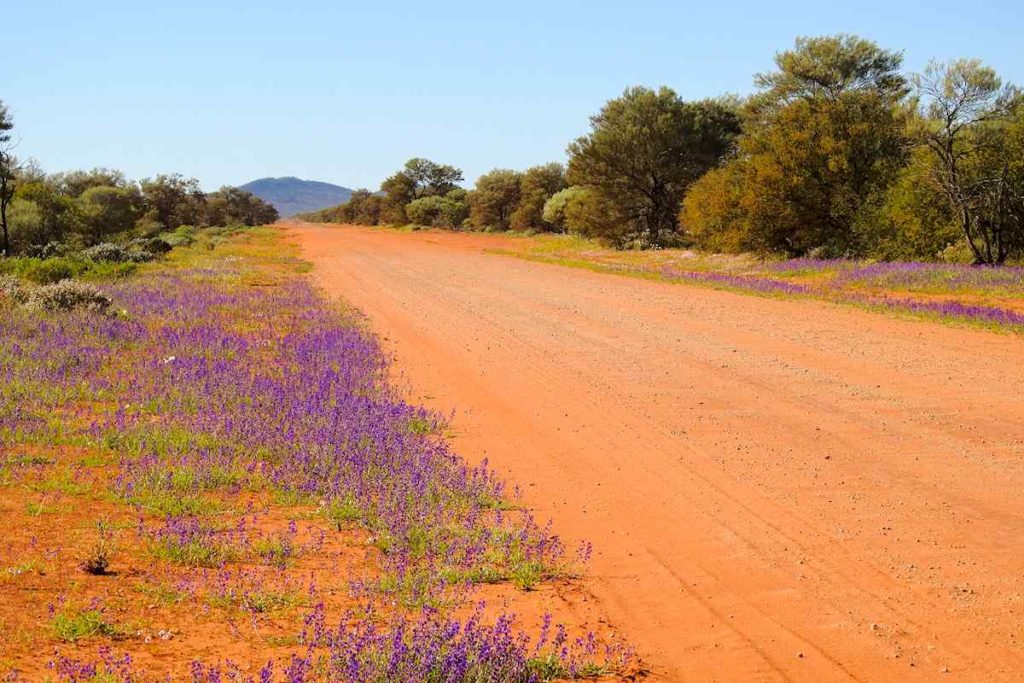
Another famous ship to run foul in these WA waters and also represented here is the Batavia. The Dutch ship was on its maiden voyage in 1629, struck a reef off the Abrolhos Islands, just to the west of Geraldton. Most passengers and crew survived and made it to the barren islands, where things rapidly went from bad to worse…
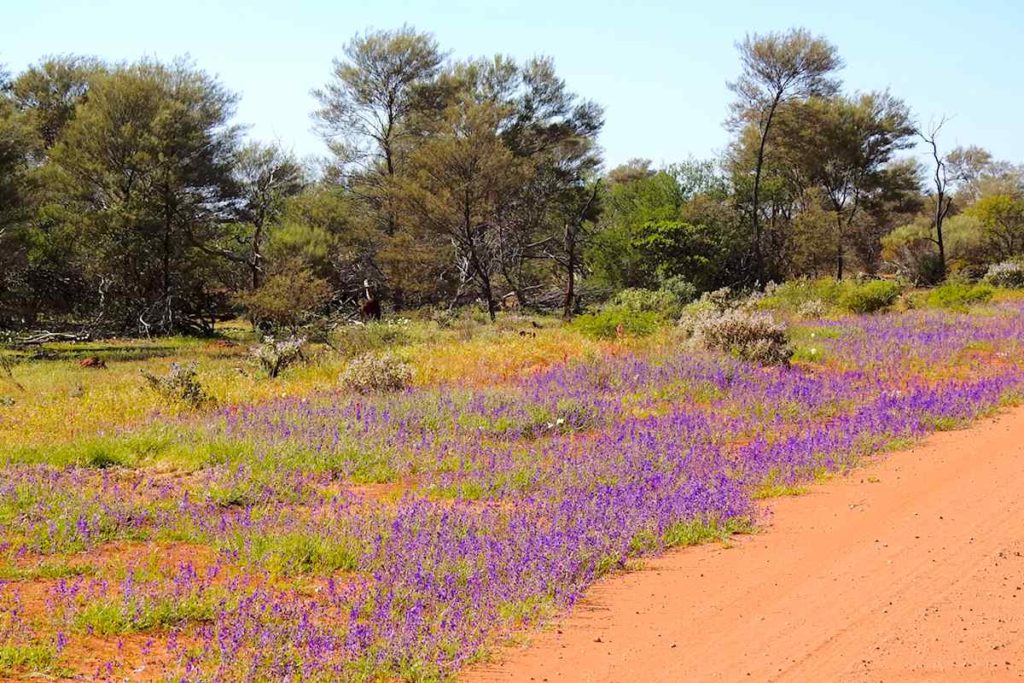
The Batavia is a story of mutiny, murder and sexual slavery… a dark and tragic episode in our early history! I recently purchased the book ‘Batavia’ by Peter Fitzsimons, a detailed exposé of the wreck and the tragic aftermath and I will discuss this in a future post.
Car service completed and suspension sorted, I headed off again, still going northwards towards some welcome heat.

Along the way I encountered Mount Yagahong, an interesting hill that according to the locals looks like an emu, laying down to sleep. It actually does when you see it from the right angle, which is quite amazing!
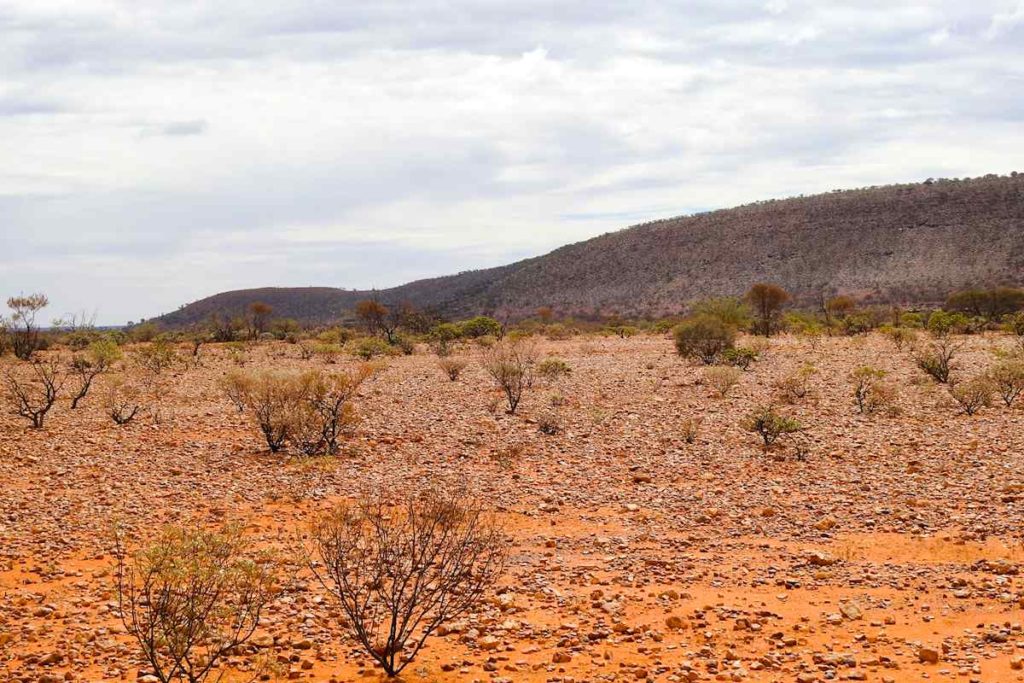
I also stopped to photograph lots more wildflowers splashing the country with amazing colours, so I have some more images to share.
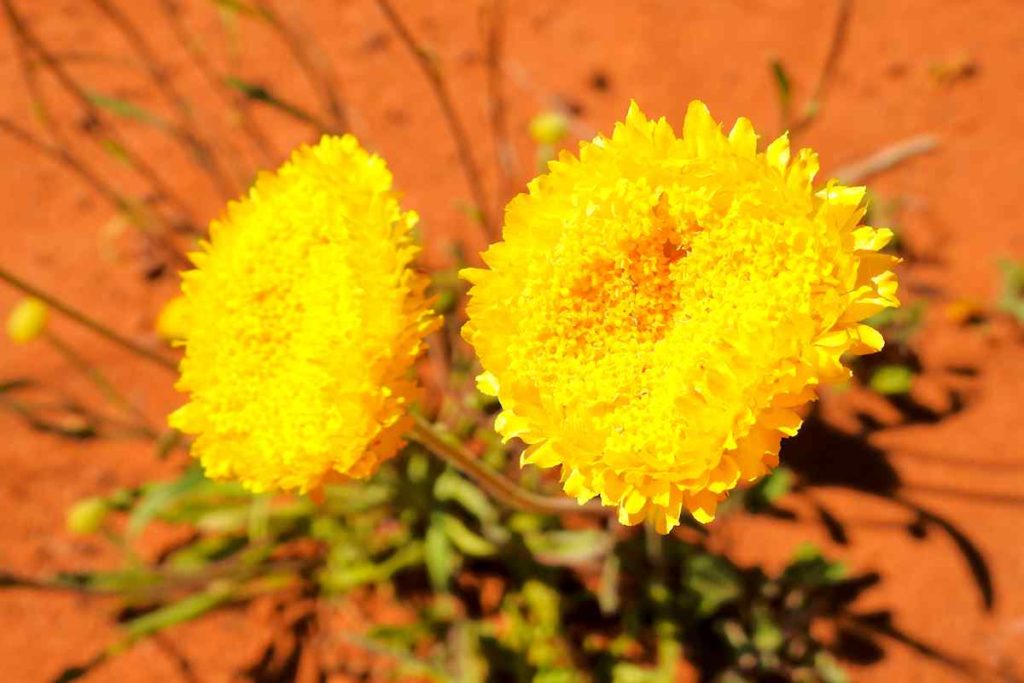
Read Any Good Books Lately?
The subject of the book “1772: The French Annexation of New Holland” by Phillipe Goddard and Tugdual de Kerros documents how the western part of Australia was annexed by the French! It is a fascinating and highly detailed story of the voyage, the ships and the men involved.
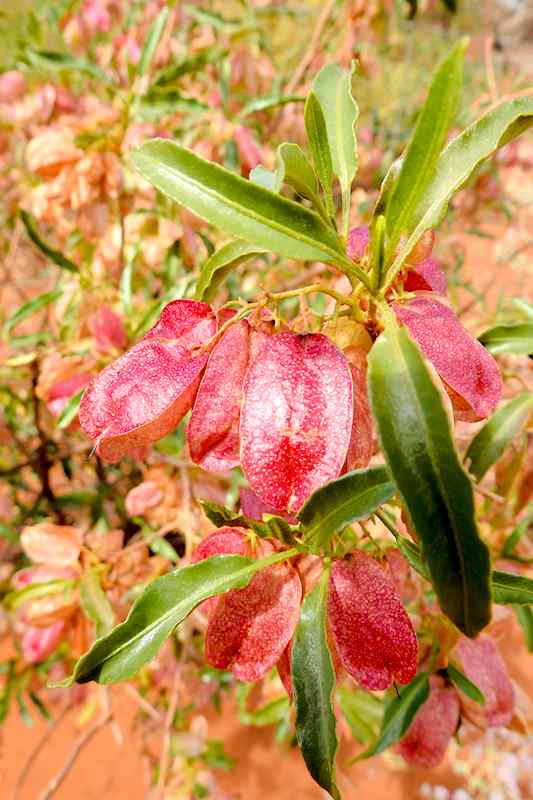
In that year, Louis XV of France ordered two ships to sail on a secret mission; to discover and claim the then mythical southern land for France. During the voyage the ships were separated and only one, the Gros Ventre under the command of Louis de Saint Aloüarn, was to reach the coast of New Holland (as the west was named by Dutch explorers).
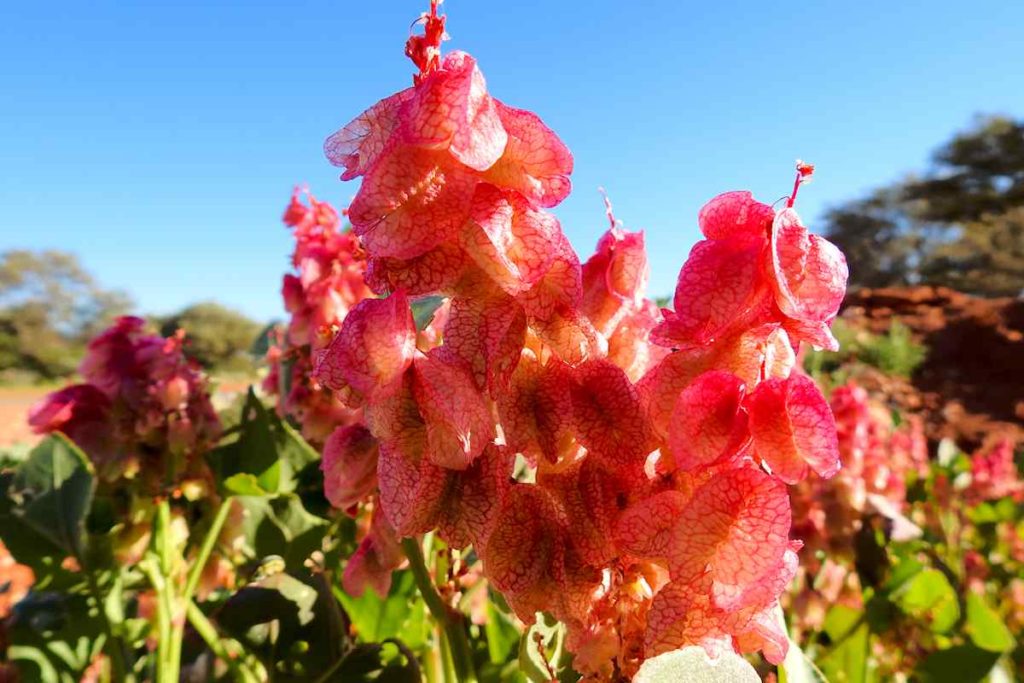
The French felt vindicated in claiming the west, as the Dutch saw no commercial interest in the arid and sparse land they had first explored many years previously (Of course Cook had already mapped the east coast in 1770, but at that time it was not known if he had actually found the rumoured southern continent! Matthew Flinders finally solved the mystery when he circumnavigated the continent in 1801-2).
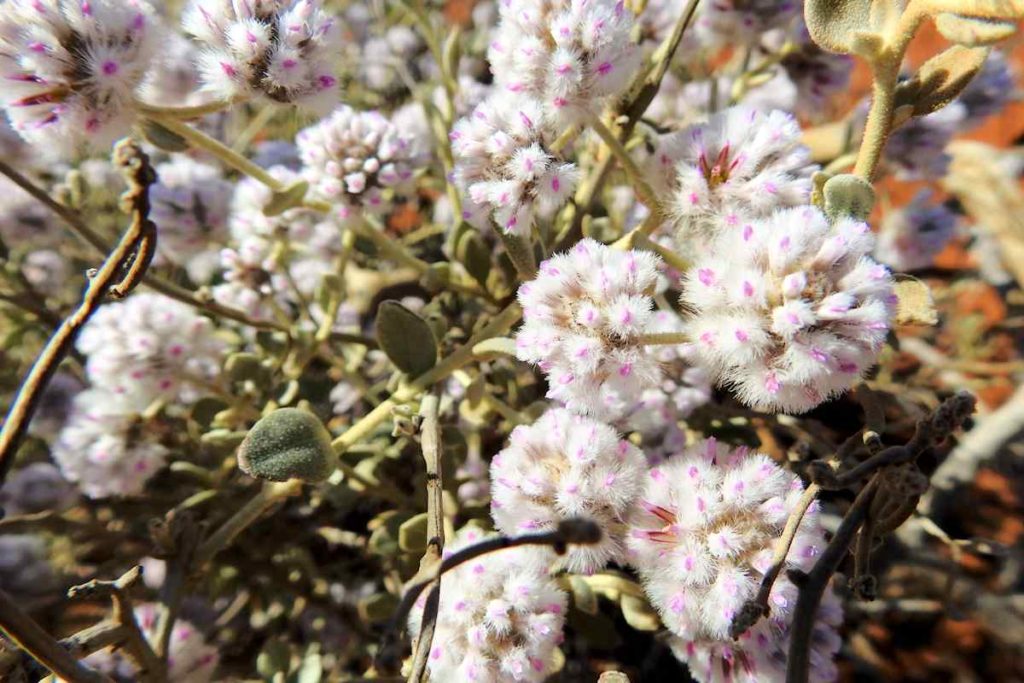
Sailing northwards along what we now know is the coast of Western Australia, the Gros Ventre reached Dirk Hartog Island, named for the Dutch mariner who landed here in 1616. The Frenchmen went ashore and raised the King’s white ensign flag.
With due ceremony, on the 30th March, 1772, they proclaimed this land for France. Two bottles, each containing a silver six écu coin, were buried on the island to substantiate the claim.
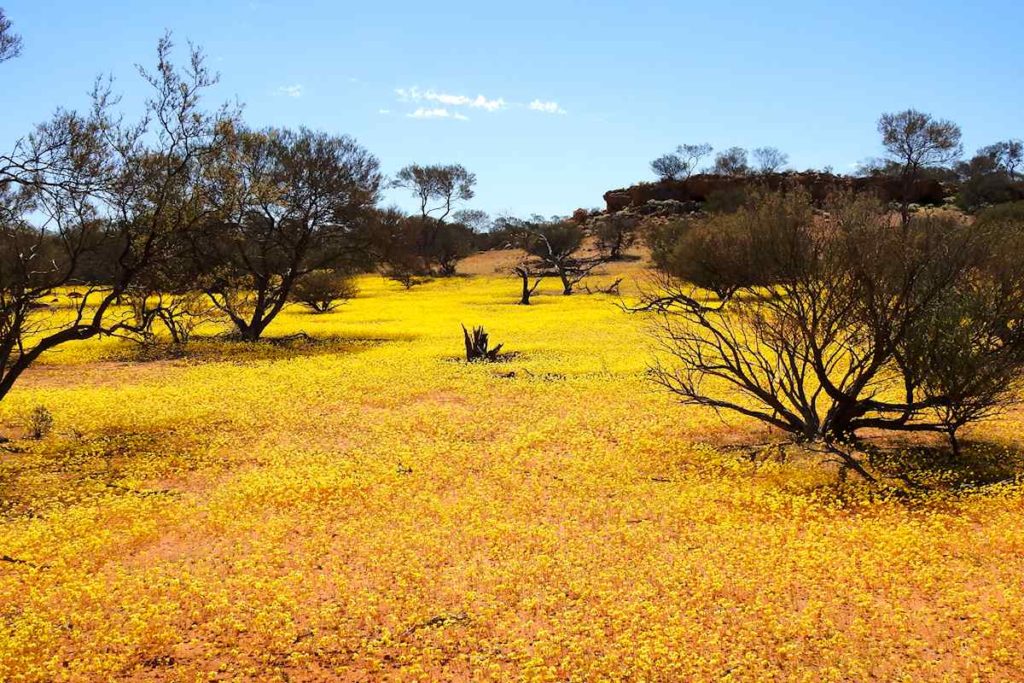
The Frenchmen departed and sailed on to Timor then back to Mauritius, where de Saint Aloüarn died… Sadly, this daring voyage of discovery faded into obscurity and the annexation of New Holland by France is a forgotten (or perhaps ignored?) but intriguing episode in our early history.
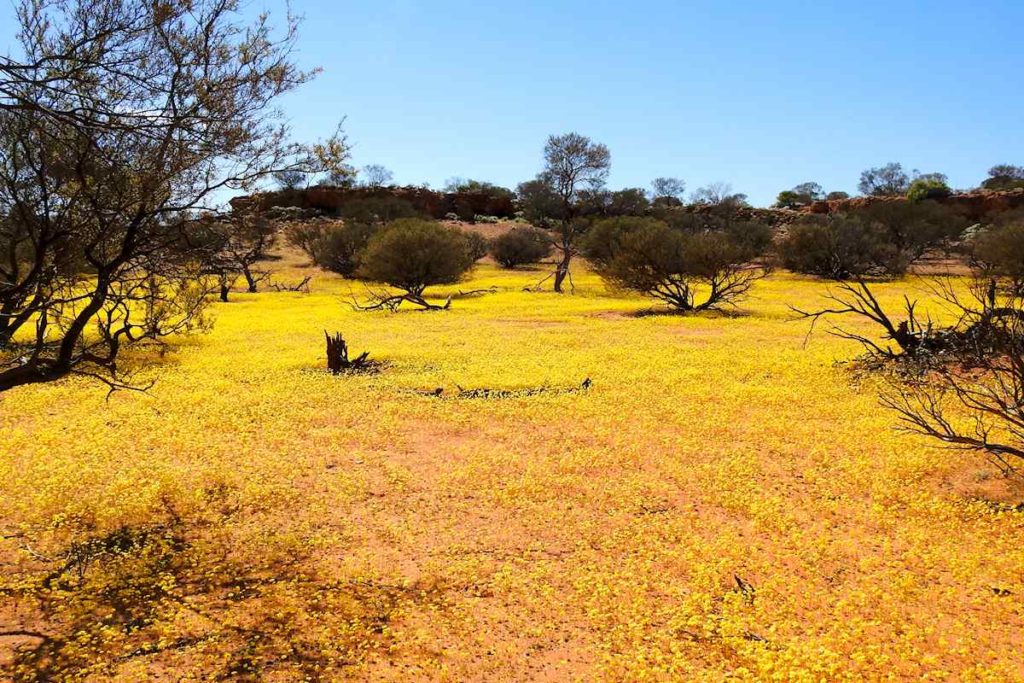
The book is enhanced by the captivating account of the successful search in 1998 by Phillipe Goddard, for the bottles and coins buried by the French sailors 226 years previously!
